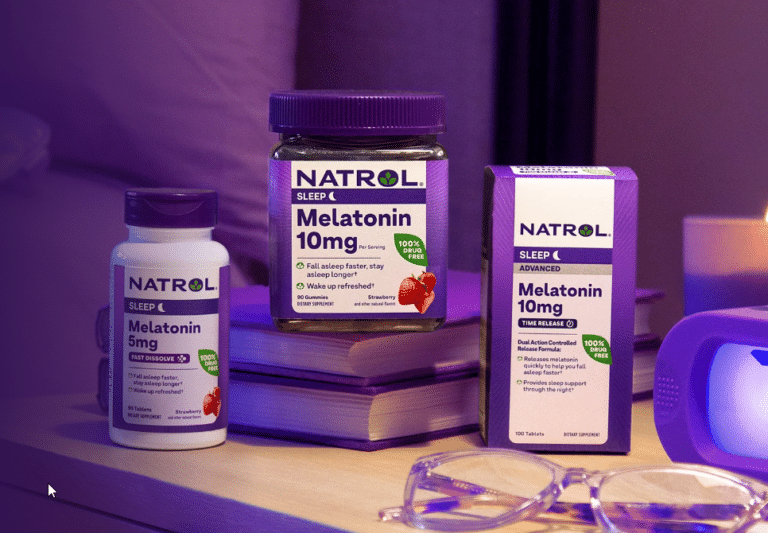
Kodiak Cakes Selects BluePlanner TPM
Kodiak Cakes, maker of whole grain and protein-packed breakfasts and snacks, has select...

In this two-part post, we will discuss how a Revenue Growth Management (RGM) team can move from being an occasional bit-part actor to center stage and just some of the benefits that this brings to consumer goods brands. Here, we will look at giving the team “Weight” in terms of reporting lines and creating an RGM Framework, and we will explore the “Oil” of people and processes in the accompanying part two.
“Any useful body can drive revenue; the ‘rabbit out the hat’ is doing it profitably!” was a comment made by the CEO of an eEnterprise- sized multinational, when announcing a global re-org, and the creation of a new RGM teams. This lead is being followed by CPG companies worldwide, of all sizes, who are creating in one form or other Revenue Growth Management functions, from ‘Pricing and RGM’ (PRGM), ‘Commercial Finance’ or ‘Price and Promotions’, as a rose by any other name. CPG companies around the world are making this same strategic move, introducing new functions focused on creating sustainable, value growth organizations. The goal is the same: Given the importance of creating sustainable, value growth organizations, CPG manufacturers need not only to create but also to embrace Revenue Management culturally, as a business-wide mindset, which is a change that can then only really be driven by establishing direct reporting lines.
Creating a business-wide mindset where value ‘leakage’ is minimized and a balance is maintained across the “4P’s” is the primary role of these teams. With the two key roles of, first, ensuring value ‘leakage’ is minimized and, second, maintaining balance across the “4P’s”. RGM professionals should be at the big table along with equal peers from Sales, Marketing, and Finance. Frequently , though, this is not the case, with the team often being viewed derisively as ‘sales prevention’, wannabe marketers or amateur financiers, shunted begrudgingly from one reporting line to another.
If the RGM team doesn’t have a seat at the top table, “Where should RGM sit?” is one of the questions we get asked most frequently, for which there are two answers: one short and snappy, the other longer and more complicated. The short answer is ‘follow the money’ and have RGM report into whichever function sets ‘price’, the most powerful, but perhaps most ignored, of the 4P’s. With a stake in each line of the P&L, an RGM team can be at it’s most effective when it has visibility of not only the short- to medium- term, but also has influence in supporting the strategic, long-term aspirations of the whole business.
The longer answer is that it depends. The variable being the size of the organization. Larger in question, with large businesses having the ‘luxury’ of teams dedicated to Insight, Commercial Finance, Category, etc. so there are many possible reporting lines, while in smaller businesses, they there may only be a Sales and a Marketing team to choose from. Again, though using the principle of “show me the money”, we would suggest that whichever team is responsible for strategic pricing decisions, is the right home for RGM.
In most cases though, then this rightly rules the RGM team is ruled out of reporting into Sales for two reasons: first, delivering a price increase is never going to be a favorite Sales hobby. It is the role, as above, of the RGM team to prevent value leakage and pulling the pricing lever ensures value flows right through the P&L. For an RGM team reporting to a Sales Director facing on one hand from balancing NAMs struggling to push a a price increase through on one side and the ‘value guardians’ on the other, the former will win most of the time. Second, and yes, cliched yes, but generally Sales teams tend to be short-term, focused on the next quarter, half or at annual budgeting time, the upcoming year. An RGM team that is too closely aligned with Sales will be subsumed into the tactical environment, under pressure to approve or justify promotional activity that is in the grey area or is proposed purely to repeat last year’s volume ‘hump.’. The temptation to ‘go native’ is intense; or, as it was once put: “the rabbits are put in charge of the vegetable patch”.”
RGM teams should rather take their lead from Marketing’s five-year brand plans, managing these backwards into three-year pack price strategies, then eighteen- month rolling plans and twelve-month frameworks, before handing off to Sales to execute three to four months out. The RGM team within this structure should be the moderators of Sales and, to succeed in this role, they need to have ‘weight’, with the ability and the fact-based justifications to say “No.”.
The basis for pushing back when necessary comes from both the longer- term rolling plans and a ‘Promotional RGM Framework’, which is a key deliverable from the RGM team. Essentially an all-encompassing promotional plan for the financial year detailing, for example, the permitted “weeks on deal”, promotional mechanics and net minimum pricing. Drawn up as a key building block of the AOP budgeting process, the RGM Framework should be agreed upon with Sales on the basis that it provides the promotional toolkit needed to achieve their annual value targets.
The RGM team needs to have tools that enable the business to have insight into the significant spend drivers across the P&L, down to SKU and Customer level. This Framework should be based around value capture and aligned to the longer-term business goals. With it, the RGM team can deal with requests This will allow them to create a promotional plan for the financial year that captures, for example, the permitted “weeks on deal”, promotional mechanics and net minimum pricing, based around value capture and the longer-term business goals. Drawn up as a key building block of the AOP budgeting process, the RGM framework should be mutually- agreed upon cross- functionally before the start of the year. Sales should endorse the Framework as it provides them with the promotional toolkit needed to achieve their annual targets. Requests to deviate from the framework is a plan that can then can either be batted away as outside the plan framework or dealt with in a considered manner to meet the company’s aspirations within an evolving market environment.

Kodiak Cakes, maker of whole grain and protein-packed breakfasts and snacks, has select...

BluePlanner was taken to the market 15 years ago. Over this time, the majority o...

Vytalogy Wellness, a modern wellness company formed by merging the brands Natrol and Ja...
